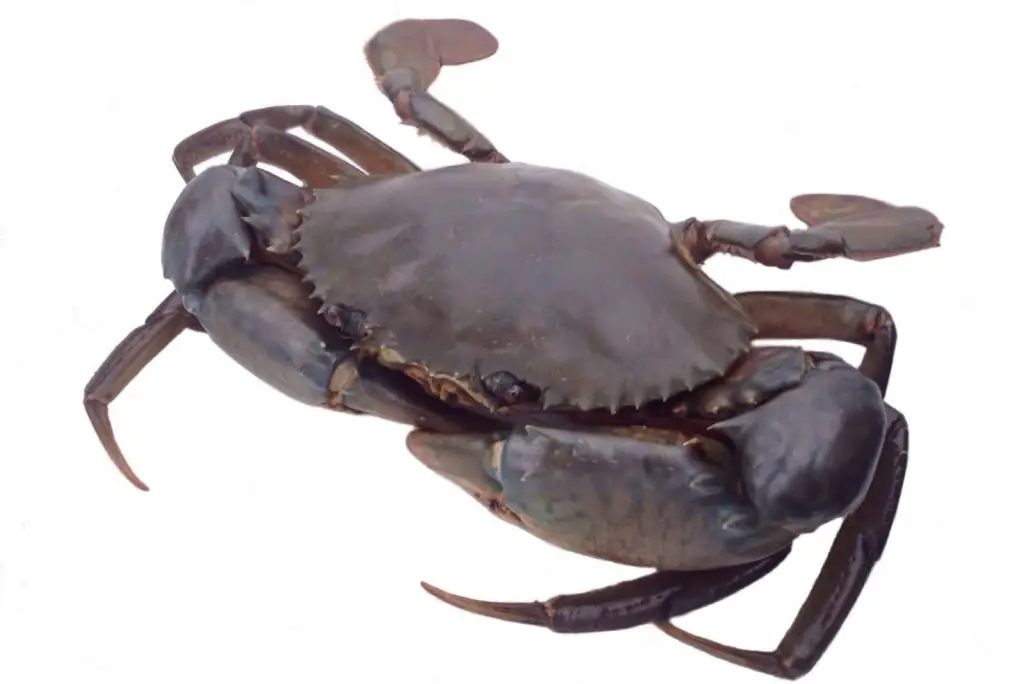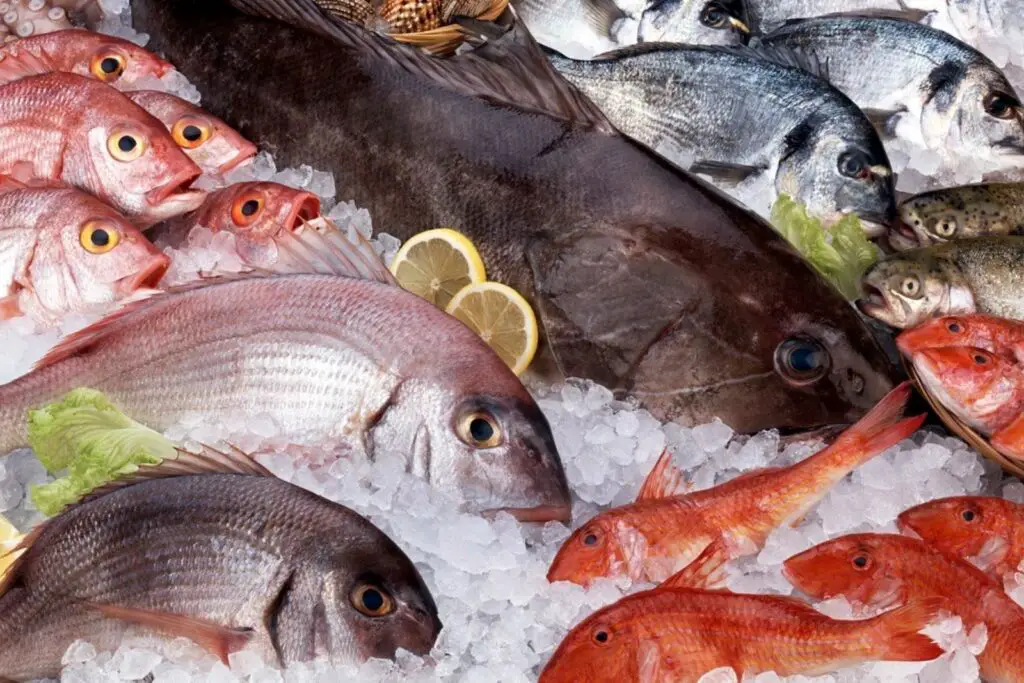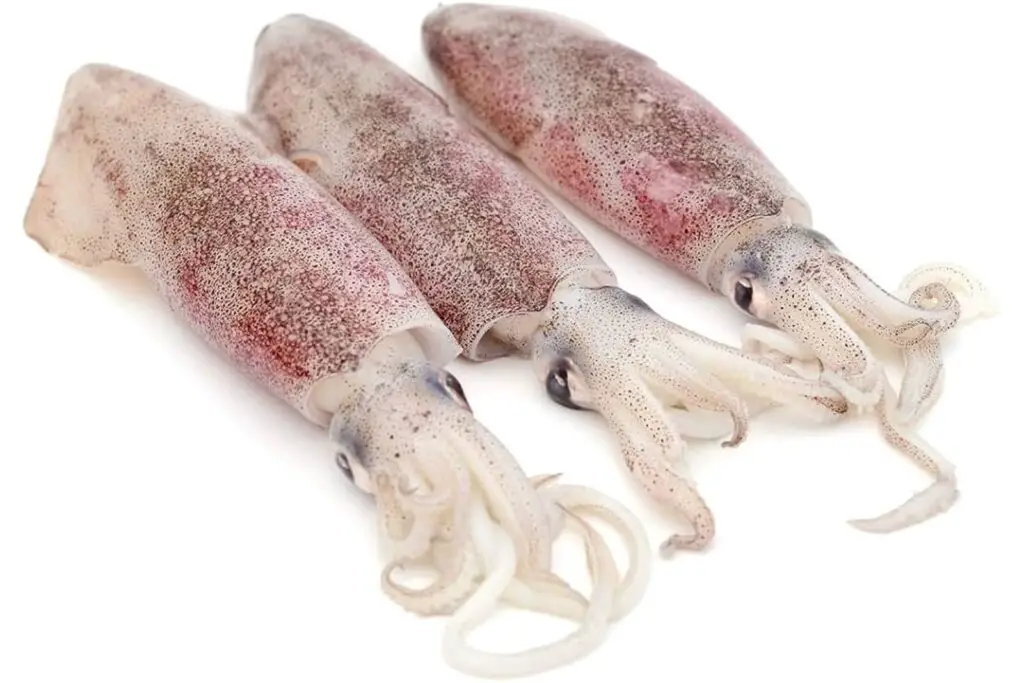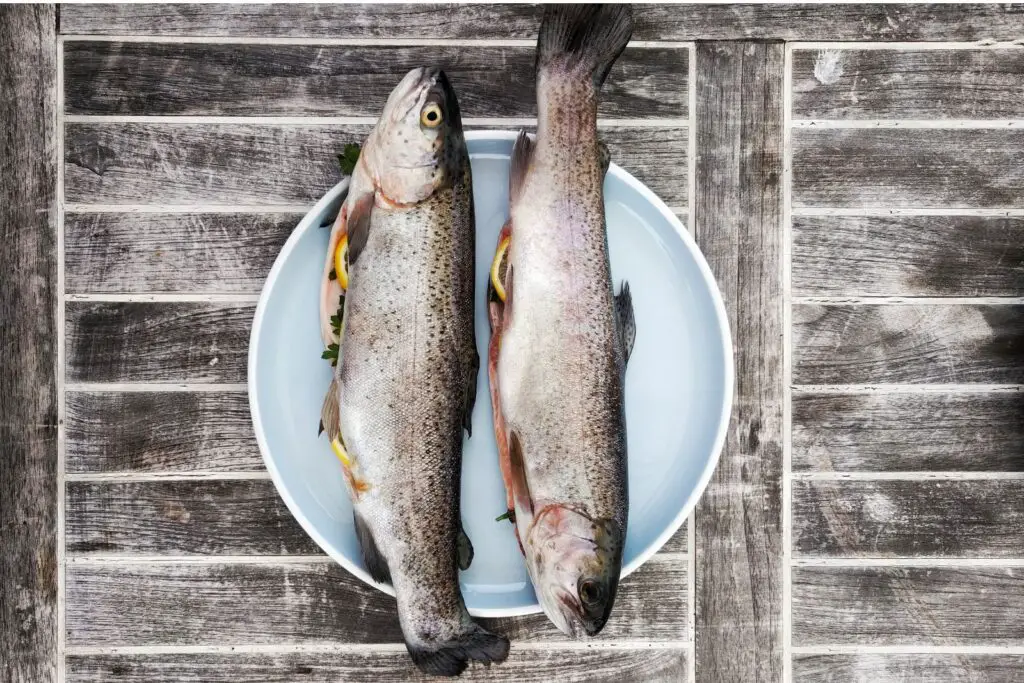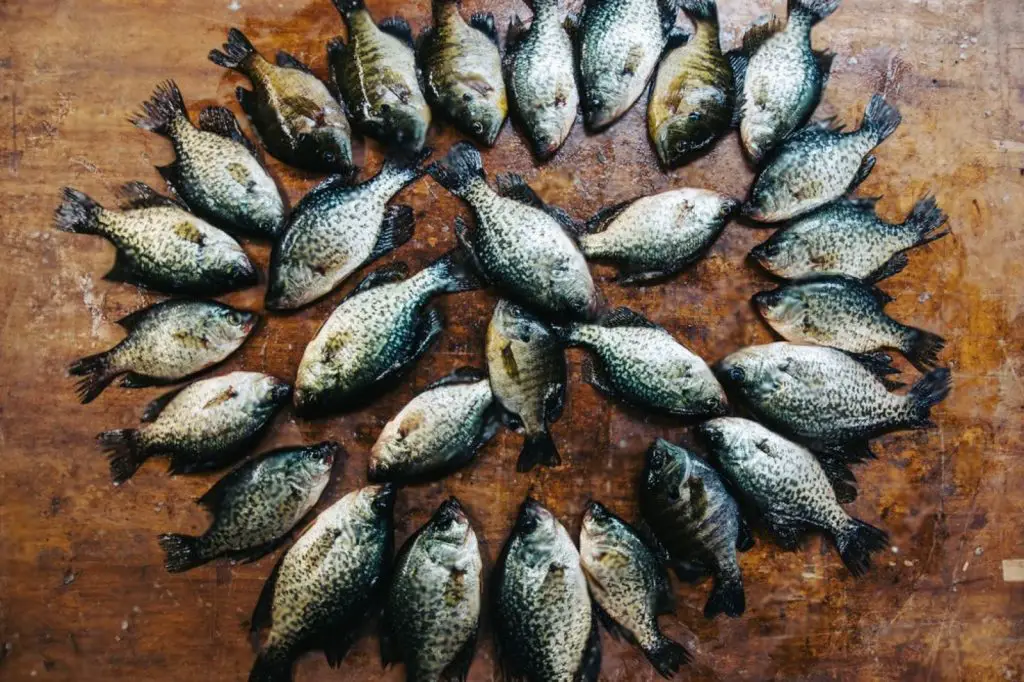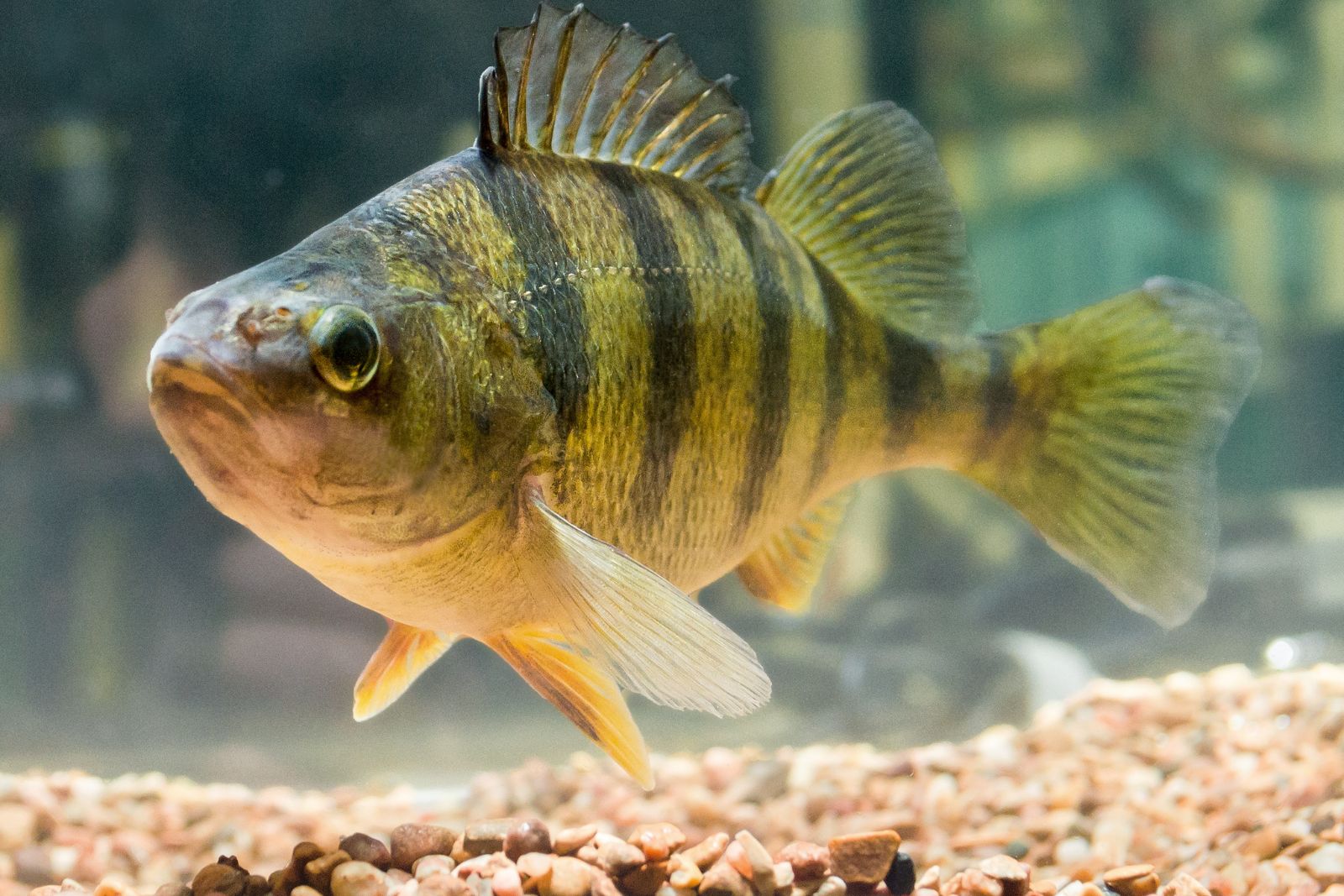
Perch is a popular freshwater fish known for its delicate flavor and tender texture. Whether you’ve caught perch during a fishing trip or purchased it fresh from the market, freezing it can extend its shelf life and allow you to enjoy this delicious fish even when it’s not in season. Freezing perch is a simple process that preserves its taste and quality when done correctly.
Here’s a step-by-step guide on freezing perch:
Step 1: Select Fresh Perch
Selecting fresh perch is crucial when it comes to freezing the fish successfully. The quality of the fish you start with will directly impact the taste and texture of the perch when you eventually thaw and cook it.
- Clear, Bright Eyes: The eyes of fresh perch should be clear and bright, not cloudy or sunken. Clear eyes are a good indicator of the fish’s freshness and overall health. Avoid perch with cloudy or dull eyes as it could be a sign of deterioration.
- Shiny Skin: The skin of fresh perch should have a shiny and metallic appearance. This indicates that the fish has been properly handled and stored, preserving its natural oils and moisture content. Dull or dry skin could suggest that the fish is past its prime.
- Mild, Slightly Sweet Aroma: Fresh perch should have a pleasant, slightly sweet smell, reminiscent of the sea. Avoid fish with a strong or pungent fishy odor, as it may indicate that the fish is old or not properly stored.
- Firm Flesh: Gently press the flesh of the perch with your finger; it should feel firm and bounce back. If the flesh leaves an indentation or feels mushy, the fish may not be fresh.
When selecting perch from a fish market or grocery store, don’t hesitate to ask the fishmonger for assistance or information about the fish’s freshness. They should be knowledgeable and able to guide you in choosing the best-quality perch available.
Can I freeze perch from different sources together?
It is generally best to freeze perch from the same source together to maintain uniform quality and freshness. Mixing perch from different sources may result in variations in taste and texture due to differences in handling and freshness.
Step 2: Clean and Gut the Perch
Cleaning and gutting the perch is an essential step in the freezing process. Properly cleaning the fish removes any impurities and ensures that the fish remains safe for consumption during freezing and later when you cook it.
- Removing Dirt and Debris: Rinse the perch under cold running water to remove any dirt, scales, or other debris that may be on the surface of the fish. This step helps get rid of any contaminants that could affect the quality and taste of the perch.
- Gutting the Perch: Gutting the fish involves making a small incision along the belly of the fish to access the internal organs. Use a sharp knife to make a clean cut from the vent (anus) towards the head of the fish. Be careful not to puncture any of the internal organs during this process.
- Removing Internal Organs: After making the incision, carefully reach into the cavity of the fish and remove the internal organs, which typically include the intestines and stomach. Removing these organs is vital as they can quickly spoil and cause the fish to deteriorate rapidly.
- Rinsing the Cavity: Once the internal organs are removed, rinse the cavity of the fish thoroughly under running water to ensure that no remnants of the organs or blood remain inside. A clean cavity reduces the risk of bacterial growth during freezing.
Cleaning and gutting the perch right after selecting it ensures that the fish is in the best possible condition before freezing. Leaving the internal organs intact can lead to rapid decay and spoilage, resulting in unpleasant flavors and odors when the fish is later thawed and cooked. Moreover, bacteria thrive in the fish’s intestines and stomach, and proper gutting eliminates the risk of bacterial growth during freezing and storage.
If you’re not familiar with gutting fish, you can ask a fishmonger or someone experienced in fish preparation to help you with this step. With the fish properly cleaned and gutted, you can proceed to the next steps of freezing the perch, confident that it will remain fresh and flavorful until you’re ready to enjoy it.
Step 3: Scale the Perch (Optional)
Scaling the perch is an optional step in the freezing process, but it can have a significant impact on the texture and presentation of the fish when cooked. While scaling may not be necessary for certain cooking methods, it can be beneficial for others, especially if you plan to cook the fish with the skin on.
Here’s why scaling the perch can be advantageous:
- Texture Improvement: Scaling the fish removes the small, thin, and sometimes sharp scales that cover the skin. When cooked, these scales can become tough and unpleasant to eat, affecting the overall dining experience. By scaling the fish, you ensure that the skin remains smooth and tender, making it more enjoyable to eat.
- Easier Consumption: If you plan to cook the perch with the skin on, scaling is essential for a more pleasant eating experience. Leaving the scales on the fish may make it difficult for diners to enjoy the dish fully, as they would need to pick out the scales while eating.
- Aesthetic Appeal: Removing the scales enhances the appearance of the fish fillets or whole fish. A scaled fish looks cleaner and more visually appealing when presented on a plate.
To scale the perch, you can use a knife or a fish scaler. Here’s a simple method to scale the fish:
- Hold the fish firmly by the tail with one hand.
- With the other hand, use the back of a knife or a fish scaler to scrape the scales from the tail towards the head. Use gentle, even strokes, applying enough pressure to remove the scales effectively without damaging the skin.
- Continue scaling the entire fish, paying particular attention to areas near the head and fins where scales might be more abundant.
- Rinse the fish under cold running water to remove any loose scales.
Remember that scaling the perch is entirely optional, and if you prefer not to scale the fish, you can still freeze it successfully. However, for certain cooking methods, such as pan-frying or baking whole fish with the skin on, scaling can significantly enhance the eating experience. Additionally, if you plan to serve the perch with its skin intact, scaling is recommended to ensure a smooth and enjoyable meal for you and your guests.
Step 4: Fillet the Perch (Optional)
Filletting the perch is an optional step, but it offers several advantages, especially if you prefer to freeze and cook the fish in convenient, boneless portions. Filletting allows you to separate the flesh from the bones, making it easier to handle and cook the fish later on. Here’s why filletting can be beneficial:
- Boneless Portions: Filletting the perch results in boneless pieces of fish, which are more convenient to handle and cook. Boneless fillets are particularly popular for certain cooking methods, such as grilling, pan-frying, or baking, as they cook more evenly and are easier to serve.
- Improved Presentation: Fillets offer a neat and uniform presentation, making your dishes look more professional and appealing. The absence of bones allows the natural color and texture of the fish to shine, enhancing the overall visual appeal of your meals.
- Versatility: Fillets provide versatility in the kitchen. You can use them in various recipes, from fish tacos and sandwiches to more elaborate dishes like fish curry or fish en papillote.
Filleting a perch requires some basic knife skills. Here’s a step-by-step guide to filletting the fish:
- Place the perch on a clean cutting board with the belly facing up.
- Make a vertical cut behind the gills, starting from the top and running down to the backbone. Be careful not to cut too deep into the fish.
- Turn the knife horizontally and gently cut along the backbone, using smooth, controlled strokes to separate the fillet from the fish. Follow the natural curve of the bones to avoid wastage.
- Repeat the process on the other side of the fish to obtain the second fillet.
- Check each fillet for any remaining bones or pin bones and remove them using tweezers or pliers.
- Rinse the fillets under cold running water to remove any loose scales or debris.
Remember that filletting is optional, and if you prefer to freeze the whole perch, you can do so following the previous steps without filletting. However, filletting offers more flexibility in how you cook and serve the fish, and it can be particularly useful if you plan to use the perch in various recipes that call for boneless fillets.
Step 5: Pat Dry the Perch
Patting dry the perch before freezing is an important step to ensure the fish retains its quality and flavor during the freezing process. Freezer burn is a common issue when food is improperly stored in the freezer, and it can affect the taste and texture of the fish. By patting dry the perch, you can minimize the risk of freezer burn and maintain the fish’s overall freshness.
Here’s why patting dry the perch is essential:
- Prevent Freezer Burn: Freezer burn occurs when moisture on the surface of the food forms ice crystals, leading to dehydration. If the fish is not adequately dried before freezing, these ice crystals can form on the fish’s surface and dehydrate the flesh, resulting in dry, discolored, and off-flavored fish. By patting the perch dry, you remove excess moisture, reducing the likelihood of freezer burn.
- Preserve Texture: Freezer burn can cause changes in the texture of the fish, making it mushy or tough. By removing excess moisture, the perch is less prone to freezer burn, preserving its natural texture and ensuring a better eating experience when it’s eventually cooked.
- Maintain Freshness: Moisture on the surface of the perch can also promote the growth of ice crystals and create an ideal environment for bacteria. Properly drying the fish reduces the risk of bacterial growth, helping to keep the fish fresh and safe for consumption during freezing and storage.
How to Pat Dry the Perch:
- After cleaning, gutting, and, if desired, scaling or filleting the perch, place the fish on a clean, dry surface, such as a cutting board or a paper towel-lined plate.
- Use several sheets of paper towels to gently pat the surface of the fish, absorbing any excess moisture. Be gentle to avoid damaging the fish’s flesh or skin.
- If you filleted the perch, pat both sides of each fillet to remove moisture thoroughly.
- Make sure the fish is completely dry before proceeding with the next steps of the freezing process.
Step 6: Arrange and Flash-Freeze the Perch
Properly arranging and flash-freezing the perch is a crucial step to ensure that the fish freezes quickly and retains its individual shape, preventing it from sticking together during storage. Flash-freezing is a technique that helps maintain the quality of the fish by minimizing the formation of large ice crystals, which can negatively affect the texture and taste of the perch.
Here’s why arranging and flash-freezing the perch is important:
- Individual Freezing: Whether you are freezing whole perch or fillets, arranging them in a single layer on a baking sheet ensures that each piece of fish freezes separately. Individual freezing prevents the fish from clumping together, making it easier to portion out later when you want to use only a portion of the frozen fish.
- Quick Freezing: Flash-freezing involves placing the arranged perch in the freezer at a very low temperature for a short period. This rapid freezing process helps to form small ice crystals, which are less damaging to the fish’s cell structure. Quick freezing also reduces the risk of bacterial growth during the freezing process.
- Quality Preservation: By preventing the perch from sticking together and minimizing the size of ice crystals, flash-freezing helps maintain the fish’s overall quality. The perch will stay fresher and retain its natural flavors, textures, and nutritional content for an extended period.
How to Arrange and Flash-Freeze the Perch:
- Decide whether you want to freeze whole perch or fillets, depending on your cooking preferences and the dishes you plan to prepare.
- If freezing the whole perch, place the cleaned and dried fish in a single layer on a baking sheet lined with parchment paper. If freezing fillets, lay the boneless fillets flat on the baking sheet.
- Ensure that the fish pieces do not touch each other to prevent sticking together during freezing.
- Place the baking sheet with the arranged perch in the coldest part of your freezer, and make sure there is enough space around the sheet for proper airflow.
- Allow the perch to flash-freeze in the freezer for about 1 to 2 hours, or until the fish is partially frozen. The exact time may vary depending on your freezer’s temperature and the thickness of the fish pieces.
- Once the fish is partially frozen, it can be transferred into airtight freezer-safe bags or containers for long-term storage.
Step 7: Package and Seal the Perch
Properly packaging and sealing the partially frozen perch is crucial to protect the fish from freezer burn and maintain its quality during long-term storage. Freezer burn occurs when air comes into contact with the fish, causing moisture to evaporate and leading to dehydration and deterioration of the fish’s texture and flavor. By using airtight freezer-safe bags or containers and removing excess air, you can minimize the risk of freezer burn and ensure the perch stays fresh and delicious for an extended period.
Here’s why packaging and sealing the perch correctly is important:
- Air-Tight Protection: Freezer-safe bags or containers create a barrier between the perch and the air, preventing moisture loss and freezer burn. This air-tight environment helps preserve the fish’s natural taste and texture, ensuring it remains in excellent condition during storage.
- Preventing Odor Contamination: Properly sealed packages also protect the perch from absorbing odors from other foods in the freezer, maintaining its original flavor and aroma.
- Double-Bagging for Extra Protection: If using bags, double-bagging the perch provides an additional layer of protection against air and potential leaks. This extra step can help safeguard the fish from unwanted exposure to the freezer environment.
How to Package and Seal the Perch:
- Once the perch is partially frozen after the flash-freezing process, prepare airtight freezer-safe bags or containers for storage.
- For bags: Place the partially frozen perch in a single layer inside the bag. Squeeze out as much air as possible before sealing the bag tightly. You can use a vacuum sealer if available to achieve a more airtight seal.
- For containers: Arrange the partially frozen perch in a single layer inside the container. Leave some space at the top to account for any possible expansion during freezing. Seal the container securely with its lid.
- If using bags, consider double-bagging for extra protection. Place the sealed bag of perch inside another airtight freezer-safe bag before sealing it tightly again.
Can I use the same freezer bag for multiple batches of perch?
It is not recommended to reuse freezer bags for different batches of perch. Each time you open and reseal the bag, there is a higher chance of introducing air, which can lead to freezer burn. Use new, airtight freezer bags or containers for each batch of perch.
Can I freeze perch in aluminum foil instead of freezer bags?
While you can freeze perch in aluminum foil, freezer bags or containers are generally more effective in preventing freezer burn and maintaining the fish’s quality. If using foil, ensure it is wrapped tightly around the fish to minimize air exposure.
Step 8: Label and Date the Packages
Labeling and dating the packages of frozen perch is a crucial step to help you keep track of the fish’s age and prioritize its usage. Properly labeled packages allow you to know when each batch of perch was frozen, ensuring that you consume the oldest fish first and avoid any potential issues with food spoilage or loss of quality.
Here’s why labeling and dating the packages is important:
- FIFO Principle: FIFO stands for “First In, First Out.” By labeling and dating the packages, you can follow this principle, which means using the oldest frozen perch before the newer ones. This helps ensure that you consume the fish while it is still at its peak quality and freshness.
- Preventing Food Waste: Proper labeling and dating allow you to keep track of how long the perch has been in the freezer. If perch has been stored for too long, it might start to lose its quality, flavor, and nutritional value. By consuming the older fish first, you reduce the risk of food waste and enjoy the best possible eating experience.
- Safe Consumption: Having clear labels and dates on the packages helps you avoid any confusion or uncertainty about the perch’s age. Consuming frozen fish that has been stored for an extended period can be risky, as the fish’s quality may have deteriorated, leading to potential foodborne illnesses.
How to Label and Date the Packages:
- Use a waterproof marker or freezer-safe labels to write the contents of the package, such as “Perch Fillets” or “Whole Perch.”
- Write the date of freezing on each package. This should be the date you placed the perch in the freezer after flash-freezing and packaging.
- Place the label in a visible area on the package for easy identification.
- Arrange the packages in the freezer so that the older ones are easily accessible, following the FIFO principle.
- If you have multiple types of perch (e.g., different sizes or species), consider using different labels or color-coding to distinguish between them.
Step 9: Store in the Freezer
Once you have properly labeled, dated, and sealed the perch packages, it’s time to store them in the freezer. Proper storage is crucial for maintaining the perch’s quality, taste, and safety for an extended period. Here’s why storing the perch correctly is important:
- Optimal Preservation: Storing the sealed perch packages in the coldest part of the freezer ensures that the fish remains at a consistently low temperature, which is essential for optimal preservation. The low temperature slows down the growth of bacteria and other microorganisms, keeping the fish safe to eat and maintaining its quality.
- Preventing Temperature Fluctuations: Fluctuations in freezer temperature can lead to the formation of larger ice crystals and potential freezer burn, compromising the perch’s texture and flavor. Placing the perch in the coldest part of the freezer reduces the risk of temperature fluctuations, ensuring a more consistent and stable environment for the fish.
- Storage Duration: Perch can be safely stored in the freezer for up to 3 to 6 months without a significant loss of quality. After this period, the fish might still be safe to eat, but there could be some deterioration in taste and texture. By adhering to the FIFO principle and consuming the oldest perch first, you can enjoy the fish at its best quality.
How to Store Perch in the Freezer:
- Find the coldest part of your freezer, typically the back or bottom shelf, away from the door, as it experiences the least temperature fluctuations.
- Place the labeled, dated, and sealed perch packages in a single layer on the shelf, making sure they do not touch one another to prevent sticking together during freezing.
- If you have multiple packages, organize them in a way that allows easy access to the older ones, making it simple to follow the FIFO principle.
- Keep the freezer door closed as much as possible to maintain a consistent temperature inside.
- Avoid overloading the freezer, as this can obstruct airflow and lead to uneven freezing.
- Regularly check the temperature of your freezer to ensure it remains at the optimal freezing temperature (usually around 0°F or -18°C).
Other related questions
How do I defrost perch?
To defrost perch, you have two safe methods:
- Refrigerator: Place the sealed package of frozen perch in the refrigerator and let it thaw slowly over several hours or overnight.
- Cold Water: Submerge the sealed package in cold water, changing the water every 30 minutes until the perch is fully thawed. Avoid using warm water or leaving the fish at room temperature to prevent bacterial growth.
Can I refreeze perch?
Refreezing perch is generally not recommended as it can compromise the fish’s quality and safety. Once thawed, bacteria may have begun to grow, and refreezing can lead to further deterioration in taste and texture. It’s best to cook the perch after thawing and consume it promptly to ensure optimal freshness and minimize food safety risks.
How do I know if the perch has gone bad after being frozen?
To determine if frozen perch has gone bad, look for these signs:
- Off odor: If the fish emits a strong, unpleasant smell, it may be spoiled.
- Discoloration: Look for any significant changes in color, such as dullness or darkening.
- Texture changes: If the flesh feels slimy, mushy, or dry, it could indicate spoilage.
- If you observe any of these signs, discard the perch to avoid the risk of foodborne illness and enjoy safe, fresh fish.
Can I freeze perch that has been previously cooked?
Yes, you can freeze cooked perch. Allow the cooked fish to cool completely before placing it in airtight freezer-safe containers or bags. Label and date the packages, and store them in the freezer for up to 2 to 3 months for the best quality.
Is it safe to freeze perch that has been marinated?
Yes, you can freeze marinated perch for future use. Ensure the fish is marinated thoroughly and then place it in an airtight container or bag. The marinating process may slightly affect the texture, but freezing will preserve the flavors for up to 2 to 3 months.
Can I freeze perch with herbs and spices already added?
Yes, you can freeze perch with herbs and spices already added for added flavor. Marinate or season the fish according to your preference before flash-freezing and packaging. The herbs and spices will infuse the fish as it thaws, enhancing its taste.
What are the best ways to use frozen perch in recipes?
Frozen perch can be used in various recipes, such as pan-frying, baking, grilling, or adding to soups and stews. The fillets can be easily thawed and incorporated into a wide range of dishes for delicious and healthy meals.
What should I do if my freezer loses power while perch is inside?
If your freezer loses power for an extended period, the perch may partially thaw. Do not refreeze the fish if it has been above 40°F (4°C) for over 2 hours, as it can lead to foodborne illness. Instead, cook the partially thawed perch immediately or discard it if you are unsure about its safety.

